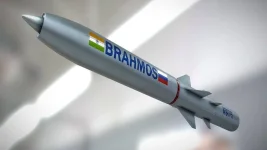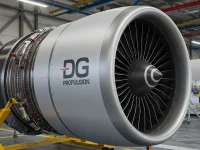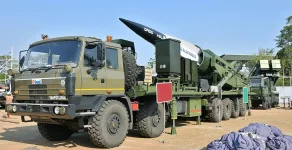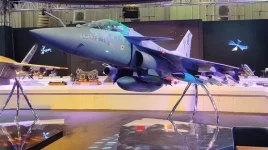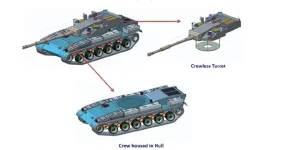- Views: 3K
- Replies: 20
A landmark agreement for the co-production of advanced F-414 jet engines in India, a cornerstone of the nation's military modernisation, is facing significant delays, with the final deal now expected to be signed by March 2026.
This revised timeline was confirmed by DK Sunil, Chairman and Managing Director of Hindustan Aeronautics Limited (HAL), more than two years after a preliminary Memorandum of Understanding (MoU) was signed with US-based GE Aerospace in June 2023.
The prolonged negotiations have cast a shadow over critical indigenous combat aircraft programmes.
The GE F-414 engine, a powerful and modern turbofan producing 98 kilonewtons (kN) of thrust, is slated to power India’s next-generation fighter, the Tejas Light Combat Aircraft (LCA) Mk2.
It is also designated for the initial prototypes of the country's ambitious fifth-generation stealth fighter, the Advanced Medium Combat Aircraft (AMCA).
Announced during Prime Minister Narendra Modi’s state visit to the United States in June 2023, the deal was celebrated as a major leap in India-US defence cooperation and a significant boost for the 'Atmanirbhar Bharat' (self-reliant India) initiative.
The F-414 is a combat-proven engine that powers several international frontline fighters, including the Boeing F/A-18 Super Hornet and the Saab Gripen.
A key highlight of the agreement is the unprecedented 80% Transfer of Technology (ToT) from the United States, which has historically maintained strict controls over its "crown jewel" defence technologies.
This transfer will provide HAL with the capability to manufacture and maintain critical engine components domestically, including single-crystal turbine blades, advanced coatings, and composites. This would drastically reduce India's import dependency and bolster its aerospace ecosystem.
Despite the strategic importance, the final contract, estimated to be for an initial 99 engines, has been held up. While the HAL chief has indicated that discussions on the principles of technology transfer are largely complete, negotiations on commercial aspects and pricing are ongoing.
Reports suggest that aligning expectations on the precise scope of technology transfer, costs, and navigating complex US export control regulations have contributed to the extended timeline.
The delay has direct consequences for India’s strategic aviation projects.
Once the final agreement is signed, HAL estimates it will take approximately three years for the first India-made F-414 engine to be produced at its facilities in Bengaluru.
This pushes the likely availability of the first engines to 2029 at the earliest, a timeline that directly impacts the flight testing and production schedules for both the Tejas MkII and AMCA programmes. Any further setbacks could affect India's strategic deterrence capabilities in the region.
The successful finalisation of this deal remains critical for India's long-term strategic goals.
The total requirement for the Tejas Mk2, AMCA, and the future Twin Engine Deck-Based Fighter (TEDBF) programmes is projected to be over 400 engines.
The deal is seen as a transformative opportunity to establish a robust domestic industry for jet engine manufacturing, maintenance, repair, and overhaul (MRO), potentially positioning India as a key player in the global aerospace supply chain.

